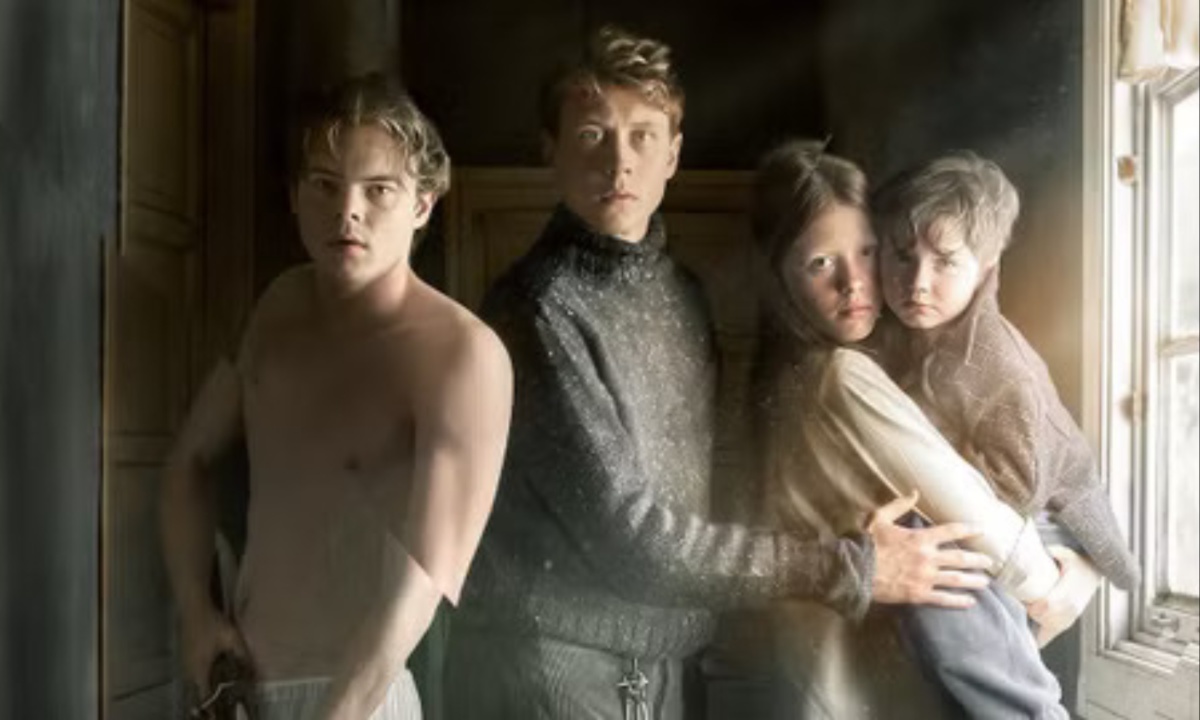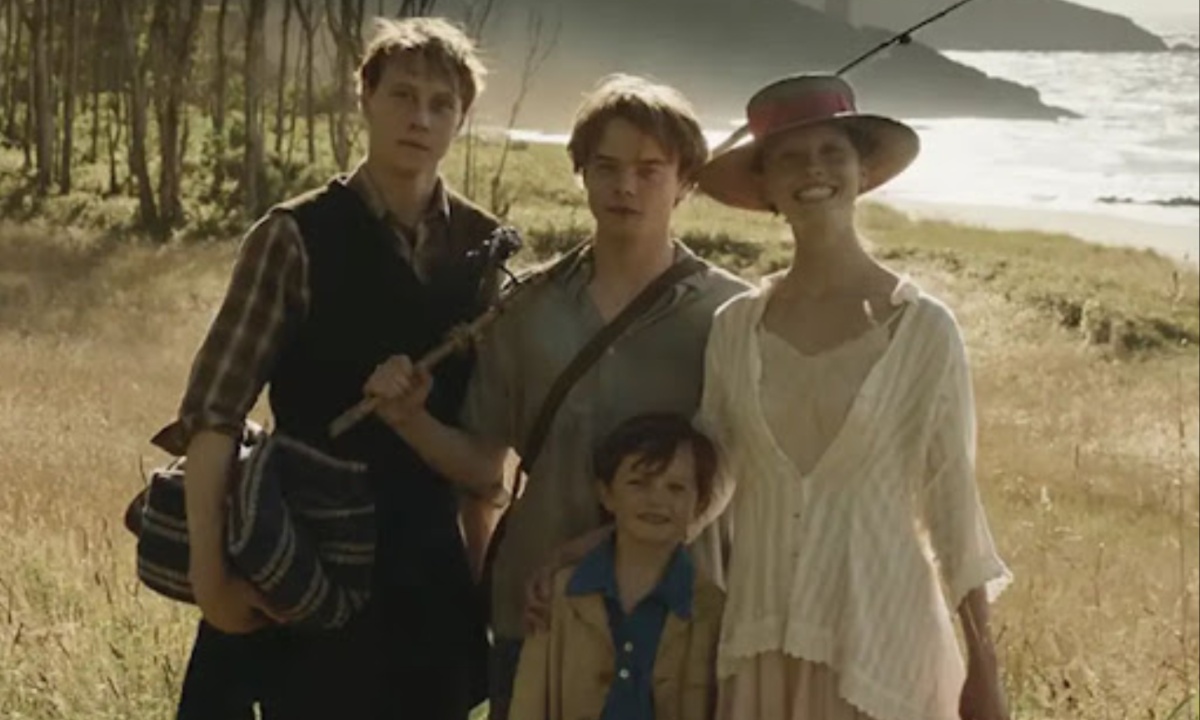Marrowbone (2017) is a psychological horror film directed by Sergio G. Sánchez that explores themes of memory, trauma, and loneliness through a carefully constructed metaphor. Despite receiving a lukewarm 49% rating on Rotten Tomatoes, the film compensates for its shortcomings in emotional depth and originality with its strong cast and haunting atmosphere.
Featuring performances by Anya Taylor-Joy, Mia Goth, George MacKay, and Charlie Heaton, the film blends horror with psychological tension to deliver a poignant narrative.
Set in 1968, Marrowbone follows the Fairbairn siblings who, under the leadership of their mother Rose, flee England and settle in her childhood home in Maine. The house, named the Marrowbone Residence, symbolizes their fresh start as they abandon their father’s name and adopt “Marrowbone” as their surname.
However, tragedy strikes as Rose passes away, leaving eldest son Jack (MacKay) to care for his siblings while also navigating his romantic relationship with local girl Allie (Taylor-Joy). As Jack struggles to maintain their new life, dark secrets lurking within the Marrowbone Residence begin to surface, threatening to unravel their fragile existence.

The Marrowbone Residence as a Prison of Trauma and Repressed Memories
Horror cinema has long used haunted houses as metaphors for psychological distress, and Marrowbone is no exception. The house initially appears as a safe haven for the Fairbairn children, offering them protection from their past. However, as the film progresses, it becomes evident that the house also serves as a prison, trapping them in a cycle of fear and repression.
Director Sergio G. Sánchez effectively uses the Marrowbone Residence to illustrate the psychological torment of its inhabitants, blurring the line between physical and mental isolation.
As the story unfolds, the house takes on an eerie presence, mirroring the unresolved trauma of the Marrowbone siblings. The film suggests that spaces can retain memories and emotions, and the residence becomes a vessel for the family’s collective suffering. Jack and his siblings refer to a ghost inhabiting the house, but this apparition is merely a projection of their fears.
Jack’s deliberate act of covering all mirrors in the house reinforces this idea—by avoiding reflections, he avoids confronting painful truths about his past. The Marrowbone Residence, once a symbol of refuge, transforms into a manifestation of Jack’s psychological deterioration.
The film’s climax delivers a devastating twist that recontextualizes its events. When town lawyer Tom Porter (Kyle Soller) blackmails Jack for financial gain, Jack’s siblings attempt to seek help from Allie.
However, Allie’s discovery of a hidden diary unveils the horrifying truth: the Fairbairn children’s father, Simon (Tom Fisher), a convicted serial killer, had returned to the Marrowbone Residence and murdered Jack’s siblings. Jack, in an effort to protect them, had locked them in the attic before confronting Simon but ultimately failed. To cope with this trauma, Jack developed dissociative identities, embodying his deceased siblings within his own psyche.

Love and Delusion in Marrowbone’s Haunting Exploration of Trauma and Memory
Jack’s fractured mind is symbolized by his self-imposed delusion, wherein his siblings appear alive despite their deaths. His refusal to acknowledge the truth is physically represented by the sealed attic and the covered mirrors—both literal and metaphorical barriers against confronting reality.
When Allie uncovers the truth, the physical destruction of the attic mirrors Jack’s unraveling psyche. By repressing his trauma, Jack has prolonged his suffering, and his ultimate reckoning with reality leads to both catharsis and further pain.
Despite its horror elements, Marrowbone is, at its core, a love story. Director Sergio G. Sánchez has emphasized that the film is not only about romantic love but also the unbreakable bonds between siblings. Jack’s love for his family is so profound that he constructs an alternate reality to keep them “alive.”
Even within his delusion, his imagined siblings encourage him to move forward, demonstrating a deep self-awareness within his fractured mind. Similarly, Allie’s unwavering love for Jack provides him with a tether to reality, showing that love—whether familial or romantic—can be a powerful force in overcoming trauma.
Marrowbone is a haunting exploration of memory and trauma, using horror as a lens to examine the consequences of repression and loneliness. The film argues that confronting pain is necessary for healing, yet acknowledges that some wounds may never fully close.
While its critical reception was mixed, its poignant storytelling, atmospheric tension, and strong performances cement it as a unique entry in the psychological horror genre. Ultimately, Marrowbone is a testament to the enduring power of love in the face of unimaginable horror, proving that even in darkness, connection and understanding can offer solace.



